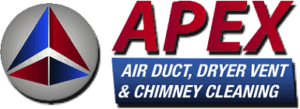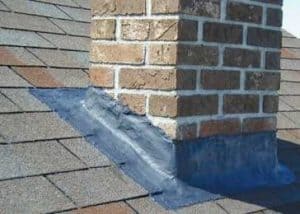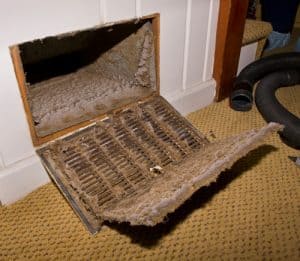Understanding the Risks
When it comes to fire safety in your home, one area that often gets overlooked is the chimney. Many homeowners are unaware of the hidden dangers that can lurk within their chimneys, making regular chimney sweeping a critical aspect of maintaining a safe living environment.
Before delving into the importance of chimney sweeping, it’s crucial to understand the risks associated with neglecting this essential maintenance task. Over time, chimneys accumulate a substance called creosote, a highly flammable residue that is produced when wood or fossil fuels are burned. Creosote can build up within the chimney lining, creating a thick layer that can ignite and lead to chimney fires.
Chimney fires pose a significant threat to your home and your family’s safety. They can spread rapidly and cause extensive damage, not only to the chimney structure but also to adjacent parts of the house. In addition to the immediate risk of fire, chimney blockages caused by creosote buildup or debris can obstruct proper airflow, leading to the release of carbon monoxide—a colorless, odorless gas that can be lethal if inhaled in high concentrations.
The Role of Chimney Sweeping
Regular chimney sweeping is the most effective way to mitigate the risks associated with creosote buildup and chimney fires. A professional chimney sweep has the expertise, tools, and experience to thoroughly clean your chimney, removing all traces of creosote and other obstructions.
The sweep will carefully inspect the chimney for any signs of damage, such as cracks or deterioration, that could compromise its integrity. Identifying these issues early on can prevent further damage and the potential for more severe problems down the line.
By scheduling regular chimney sweepings, you ensure that your chimney remains clean and free from dangerous deposits. This allows for proper ventilation and optimal airflow, reducing the risk of chimney fires and carbon monoxide poisoning. Moreover, a clean chimney contributes to the overall efficiency of your heating system, allowing it to operate at its best and potentially saving you money on energy costs.
Recommended Frequency
The frequency of sweeping depends on various factors, including the type of fuel you use, the frequency of fireplace or stove use, and the specific guidelines provided by chimney sweep professionals. As a general rule of thumb, it is advisable to have your chimney swept at least once a year. However, certain circumstances may warrant more frequent cleanings.
For example, if you regularly use your fireplace or stove throughout the winter season, it is recommended to have your chimney swept before the start of each heating season. Additionally, if you notice any signs of excessive creosote buildup or suspect a chimney blockage, it’s crucial to contact a chimney sweep promptly to address the issue.
Conclusion
By ensuring that your chimney remains clean, free from creosote buildup, and properly functioning, you significantly reduce the risk of chimney fires and carbon monoxide poisoning. Remember, it is always best to entrust this important maintenance task to a professional chimney sweep who has the knowledge, experience, and tools to keep your chimney in optimal condition.



